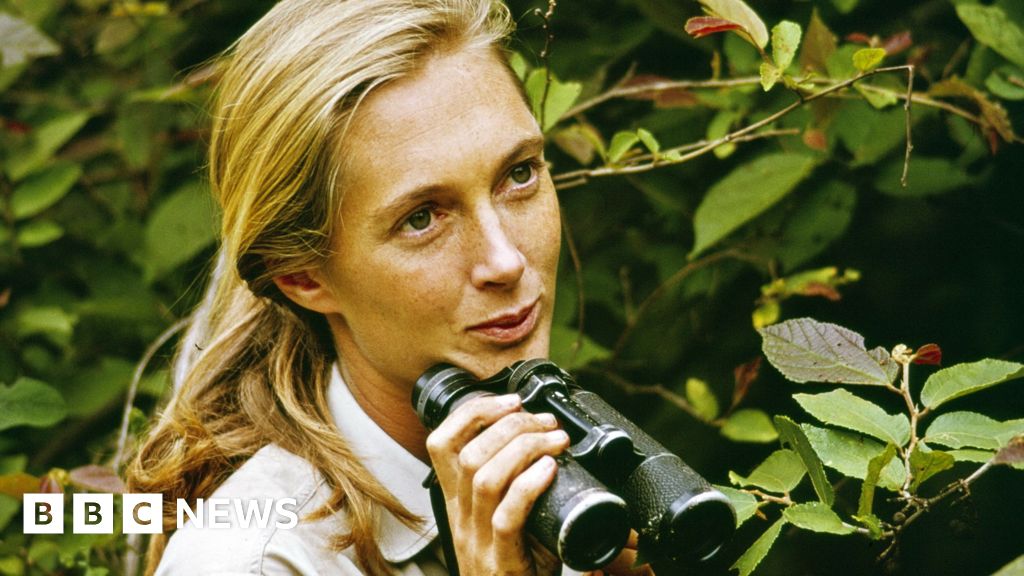
"She was a serene force of nature. And she never wavered in her mission to help the animals to which she dedicated her life. When I interviewed Dame Jane Goodall last year, she exuded calm, even as she pressed home to me that a great extinction crisis was facing our planet. Over a slightly blurry video call, I could see her toy monkey, Mr H, behind her."
"It was during her time in the rainforest reserve at Gombe, in Tanzania, when she stopped to spend time watching a male chimpanzee who was foraging. The chimp took a twig, bent and stripped it of its leaves, then he poked it into a termite's nest. He then used that stripped, bent twig to spoon the termites into his mouth. That observation - in 1960 - challenged the belief that only humans made and used tools."
"Professor Cat Hobaiter, from the University of St Andrews, who has worked with Chimpanzees - studying their communication - for more than 15 years, told me that one reason Dr Goodall had such an impact was that "she gave up doing what she loved - spending time with her beloved chimpanzees - to tirelessly travel the world and share her passion with everyone she met.""
Jane Goodall was a serene force who dedicated her life to helping animals and warned of a looming extinction crisis. She traveled widely, often accompanied by her toy monkey Mr H, which had been given to her nearly 30 years earlier. Researchers inspired by her work expressed shock at her death aged 91. She left extended time with chimpanzees to travel and share her passion globally. Her observations at Gombe, Tanzania, in 1960 showed chimpanzees using stripped twigs to extract termites, overturning the belief that only humans made and used tools. She faced cynicism and sexism and lacked formal scientific training.
Read at www.bbc.com
Unable to calculate read time
Collection
[
|
...
]